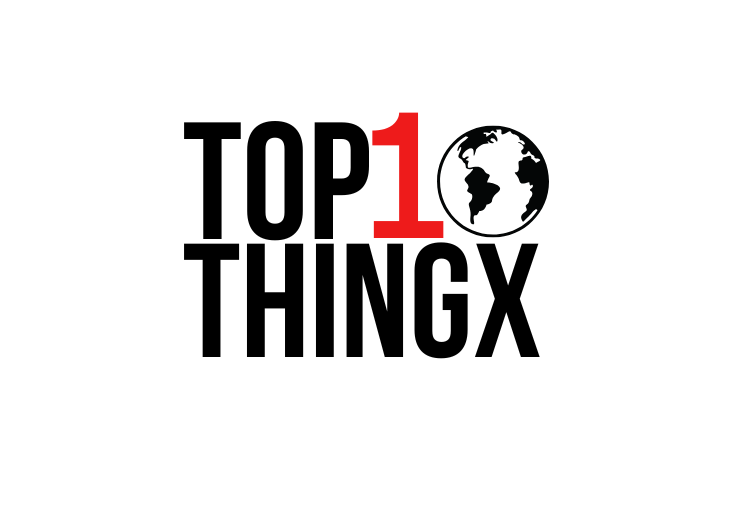How Can You Create the Perfect Online Presence for Your Business?
In today’s digital age, having a strong web presence is crucial for any business. Whether you’re a small startup or a large corporation, how you present your business online can make or break your success. But how do you create the perfect online presence? It might seem overwhelming, but with the right steps, you can craft an online identity that attracts customers and helps increase digital presence. Define Your Brand The first step in creating the perfect online presence is to define your brand. This is the foundation of your business’s identity. Think about what your business stands for, its values, and what makes it unique. Ask yourself: By answering these questions, you can develop a clear brand identity that will guide all your efforts to build online presence. Build a Professional Website Your website is the face of your business online. It’s where potential customers will go to learn more about what you offer. Building a professional website helps optimize web presence and involves: Leverage Social Media Building a social media presence is a powerful way to extend your business’s reach. Leverage social media by: If you’re wondering how to build social media presence, start by ensuring proper social media setup and consistent brand messaging. Remember, your presence on social media should reflect your brand values and encourage interaction. Utilize SEO Strategies Search Engine Optimization (SEO) is essential for enhancing online presence. SEO helps drive traffic and increase digital presence by: These efforts support affordable online presence by generating organic visibility without high ad costs. Create Quality Content To build online presence, you need high-quality, useful content. Consider: Valuable content enhances web presence and supports web presence marketing strategies. Engage with Your Audience Ongoing engagement builds community and trust. Try: This kind of interaction strengthens your presence on social media and builds loyalty. Use Email Marketing Email marketing is cost-effective and essential for retention. Build and grow your list by: A strong email campaign complements your web presence marketing efforts. Monitor Your Online Reputation Your reputation plays a major role in your online presence analysis. Stay informed by: A positive image supports a more affordable online presence by building trust organically. Analyze and Adapt Digital trends shift quickly. Maintain and optimize web presence by: Your goal should be consistent growth and an online presence that evolves with your audience. Creating the perfect web presence takes effort, but the rewards are well worth it. From defining your brand to building a social media presence, from SEO to email marketing, each piece supports your larger goal: to increase digital presence and build trust with your audience. With patience and strategy, you can achieve an affordable online presence that delivers real, lasting results.








